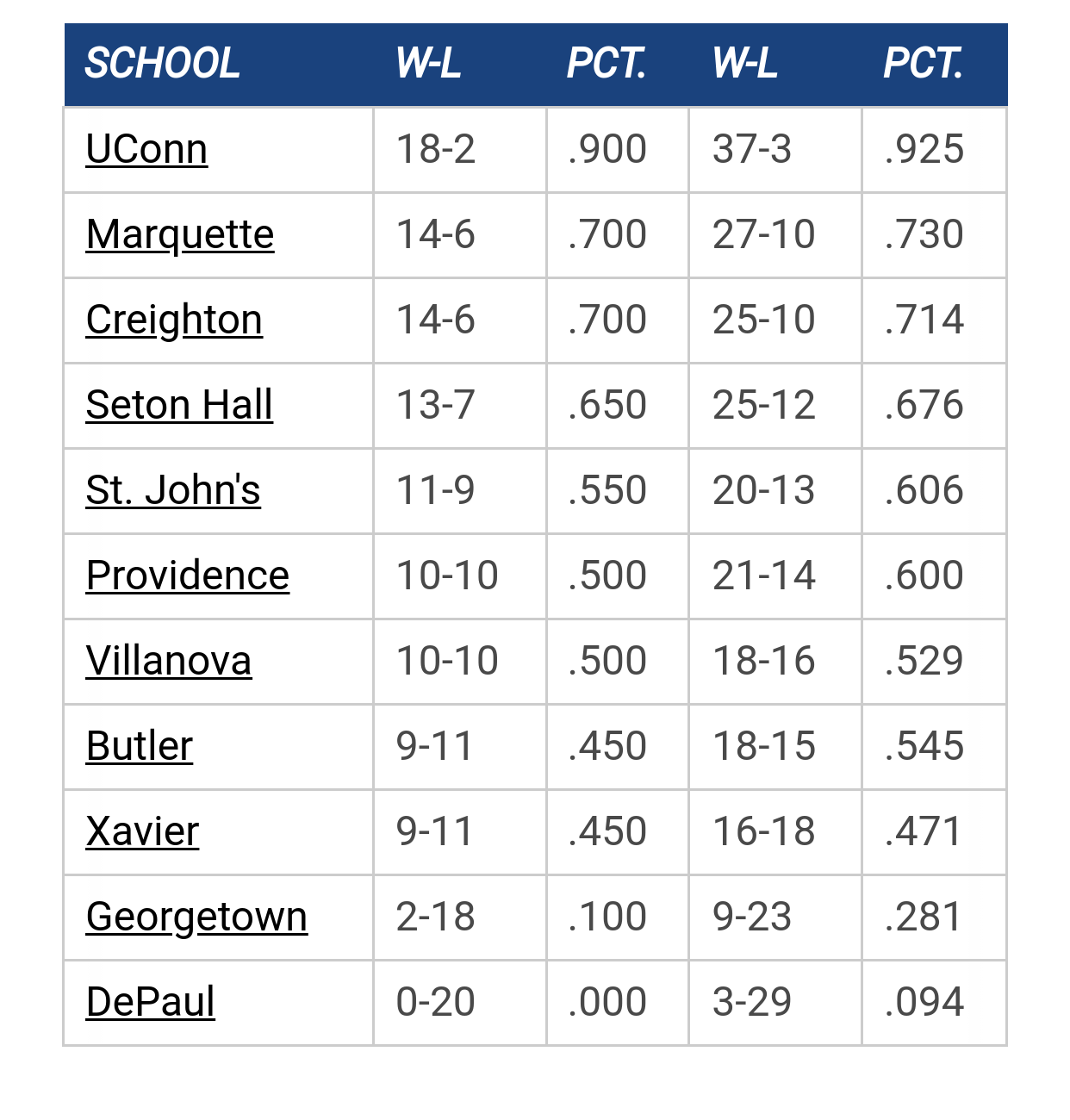- Welcome to MUScoop.
A question for the Scoop elders by willie warrior
[Today at 03:06:27 PM]
Zaide Didn’t Travel With Team by GoldenEagles03
[Today at 03:02:40 PM]
What would make you show Shaka the door in March? by Viper
[Today at 02:46:54 PM]
Marquette NBA Thread by tower912
[Today at 02:26:51 PM]
2025-26 Big East Thread by Shooter McGavin
[Today at 01:50:21 PM]
Top 50 HS Basketball recruits vs the Portal by panda
[Today at 01:03:17 PM]
How many guys stay? by panda
[Today at 12:58:59 PM]
[Today at 03:06:27 PM]
Zaide Didn’t Travel With Team by GoldenEagles03
[Today at 03:02:40 PM]
What would make you show Shaka the door in March? by Viper
[Today at 02:46:54 PM]
Marquette NBA Thread by tower912
[Today at 02:26:51 PM]
2025-26 Big East Thread by Shooter McGavin
[Today at 01:50:21 PM]
Top 50 HS Basketball recruits vs the Portal by panda
[Today at 01:03:17 PM]
How many guys stay? by panda
[Today at 12:58:59 PM]
The absolute only thing required for this FREE registration is a valid e-mail address. We keep all your information confidential and will NEVER give or sell it to anyone else.
Login to get rid of this box (and ads) , or signup NOW!
Seton Hall Date/Time: Dec 30, 2025, 6:00pm TV: FS1 Schedule for 2025-26 |
||||||
User actions


